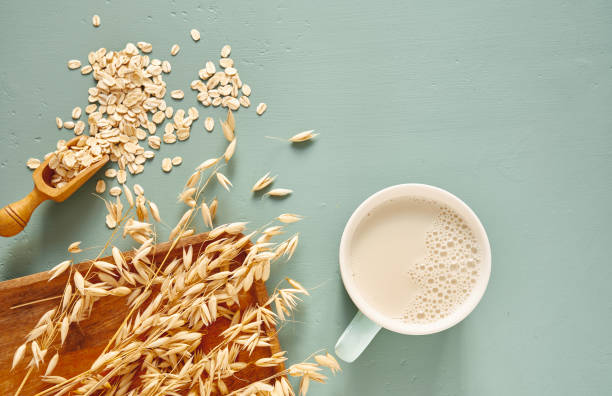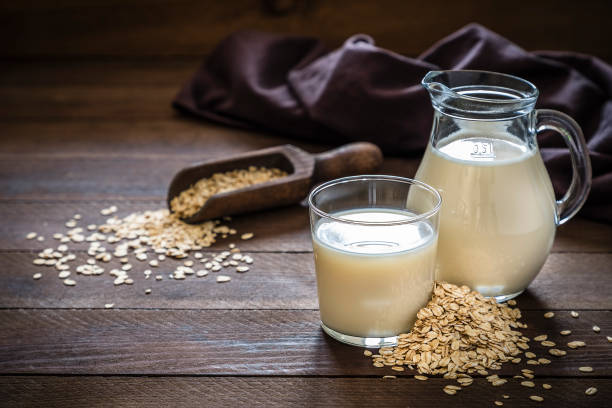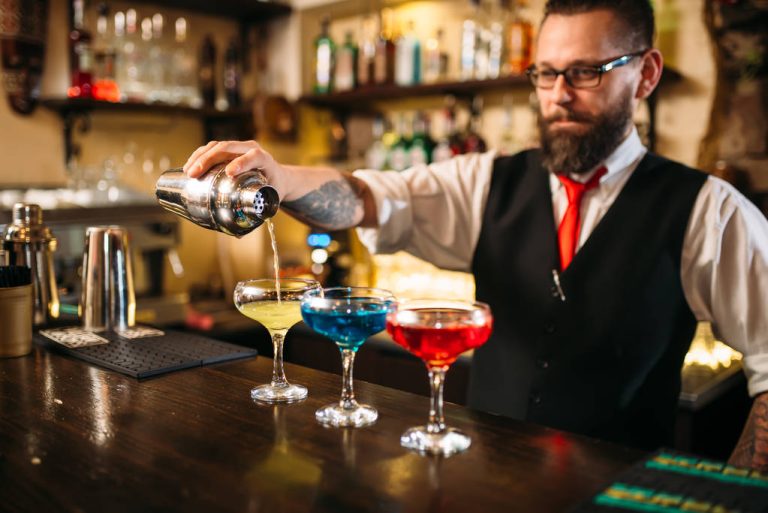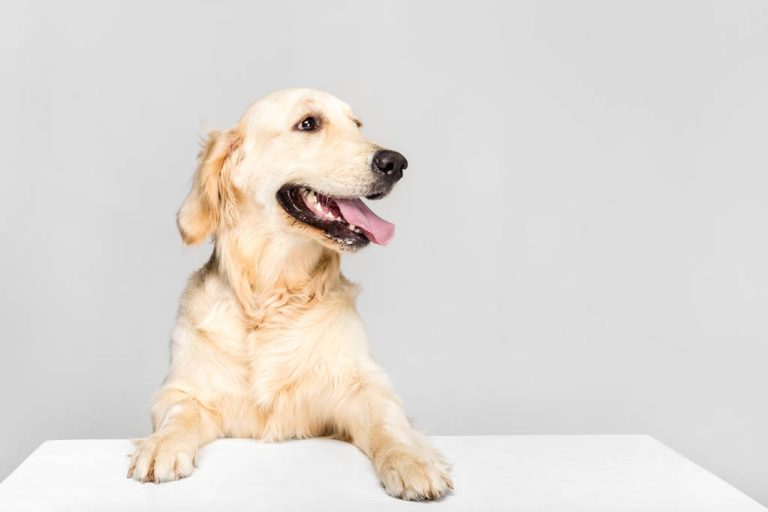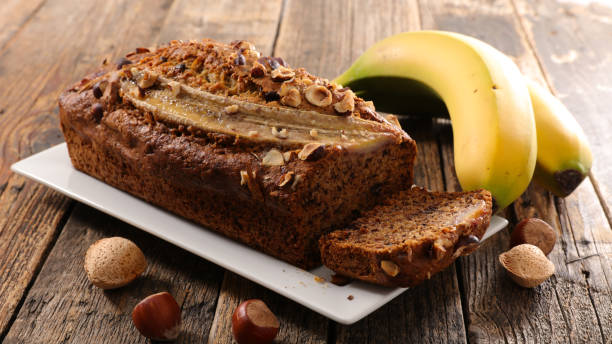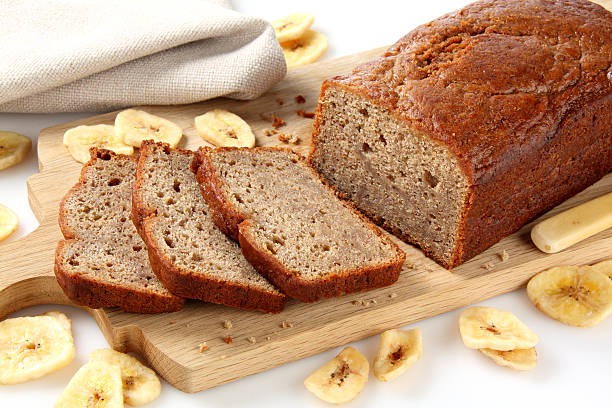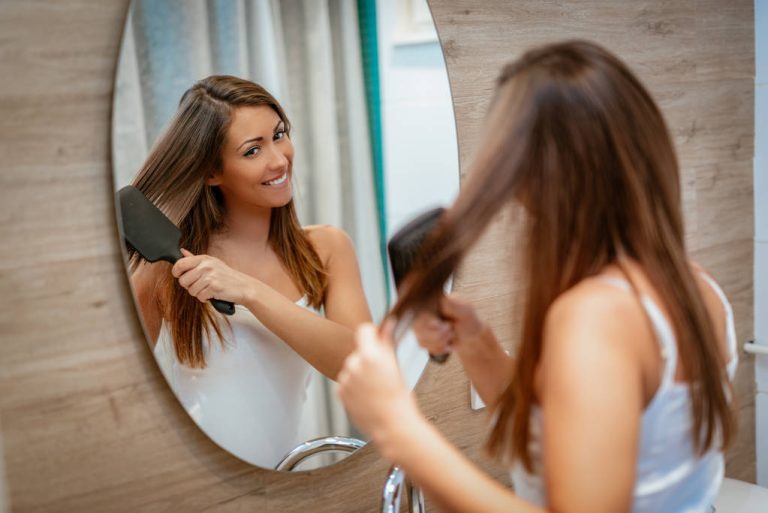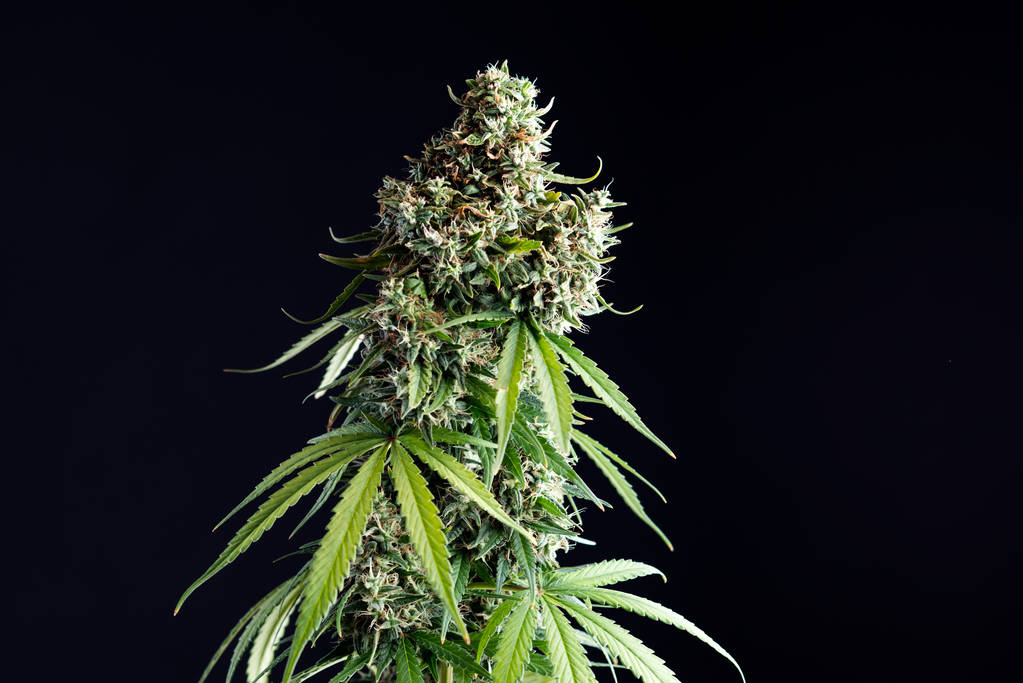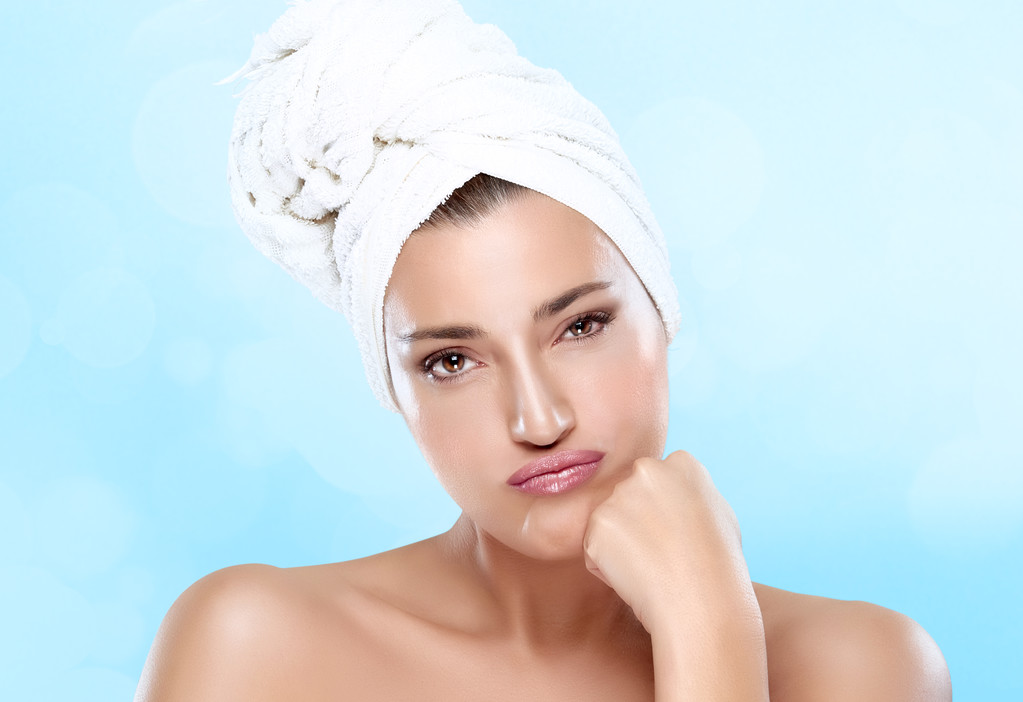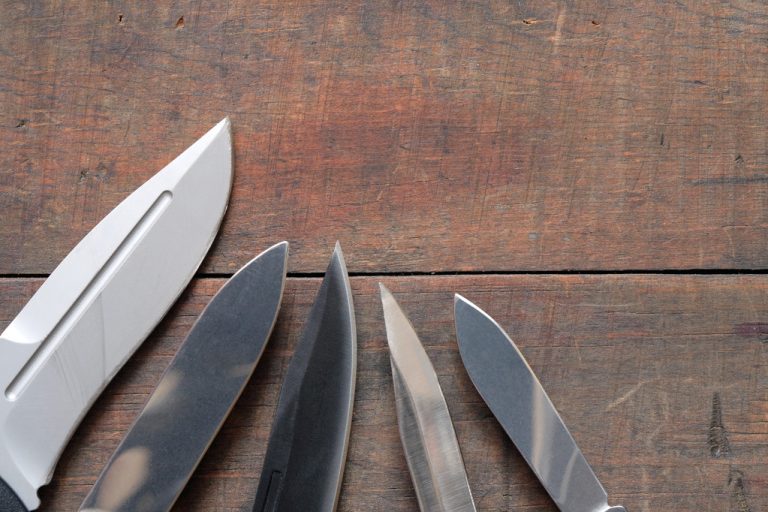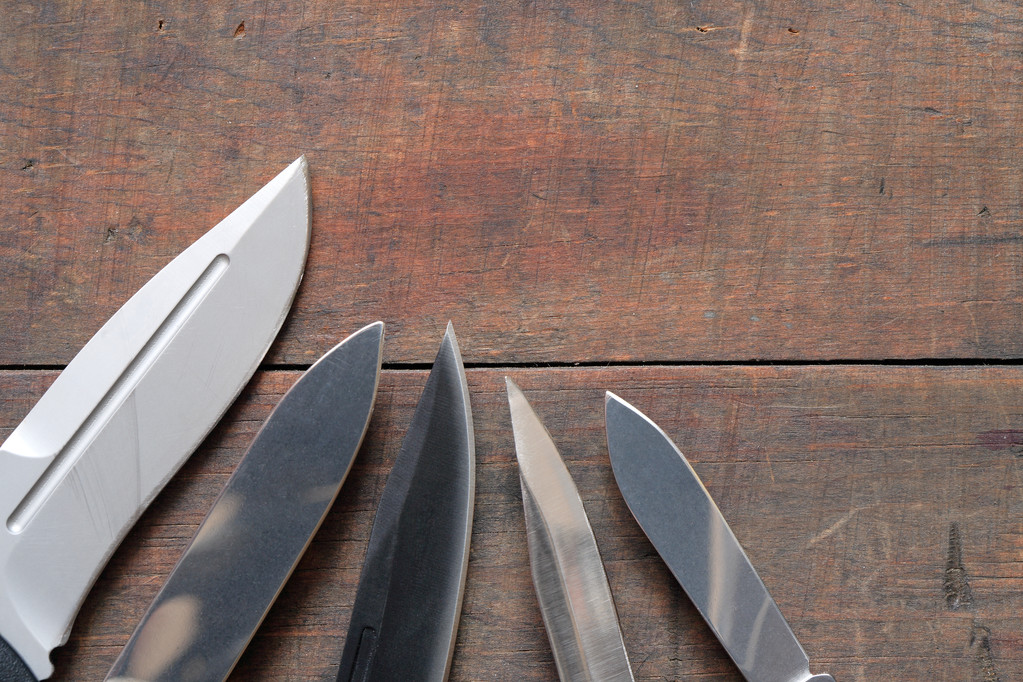When your dog pant, it’s nothing unusual at first. However, there are certain signs of a panting dog that you should seek advice from your veterinarian.
Why do dogs pant?
Dogs lack the ability to sweat because they hardly have any sweat glands on their bodies. A few are located in the area of the paw pads and the nose. Dogs regulate their body temperature to a large extent through the upper respiratory tract, which includes the pharynx, nasal cavity, larynx, and trachea. Panting allows dogs to bring cooler air into their bodies, cooling themselves from the inside out. Panting increases the exchange of air between the mouth and the trachea. The sense and purpose of panting is therefore only in the increased evaporative cooling, which is caused by the constant draft. This eventually lowers the body temperature. Dogs breathe much shallower than humans and the increased saliva production, commonly referred to as “drooling,” prevents the tongue from drying out.
This type of cooling has other advantages for dogs:
Dogs can actively control the breathing rate when panting and thus the degree of cooling.
When panting, your dog does not lose vital salts through the skin, as is the case with sweating.
Panting does not produce odors, which could create disadvantages among conspecifics that communicate via scents. Because in addition to the sense of sight, hearing and touch, dogs also come into contact through scents and transmit messages.
Depending on the size, breed and physique of the dog, the amount of panting varies. Smaller dogs have an easier time regulating their temperature due to their physique and lower body volume. So they don’t have to pant as often and as much as their larger conspecifics. Larger dogs, on the other hand, have to pant a lot more to keep their bodies from overheating. Heavier drooling is also common.
With short-headed dog breeds, which include pugs, Pekingese or bulldogs, for example, heavy panting can occur even with little physical exertion. Their reduced turbinate and the resulting shortened airways make it difficult for them to breathe and pant. As a result, they have fewer opportunities to regulate their body temperature by panting. If your dog is one of these dog breeds, you should keep an eye on your dog when he’s panting so he doesn’t overheat. Before you get a dog, you should find out about the characteristics typical of the breed so that you do not unknowingly expose it to stressful situations.
When is panting normal in dogs?
Even a dog’s body needs to cool down after a long walk, an hour of agility training, or mantrailing, but it lacks the ability to sweat. This means that dogs cannot use the evaporative cooling that occurs when sweating on human skin like we humans can. They can shed a little sweat through the pads of their paws and the nose, but the cooling effect is very small and not enough to regulate body temperature. The low level of perspiration through the paws is primarily used to leave scent marks (pheromones) for conspecifics. When panting, dogs breathe shallowly and rapidly, up to 300 times per minute. This accelerates the evaporation of water on the tongue, in the mouth and in the upper respiratory tract. This effect helps your dog normalize its body temperature.
Tip: If you have a puppy or older dog, make sure he doesn’t overexert himself. The cardiovascular system could possibly be overtaxed. Make sure your dog always has fresh water available and offer him cool treats like watermelon or dog ice cream in the summer.
In addition to heat and physical exertion, emotions can also lead to increased panting. For example, if your dog is very happy when you come home or when he meets his playmates, it can upset him emotionally. Conversely, dogs can also experience stress when they feel overwhelmed in certain situations. Experts speak of a skipping action in which dogs, for example, scratch, bark or pant when they are stressed.
Many dogs also develop great fears of thunderstorms, lightning, or loud noises. In addition to volume, dogs also seem to sense a drop in pressure during thunderstorms. Darkening skies and gusts of wind can also frighten them. This can even lead to panic attacks, which are usually accompanied by rapid panting.
Tip: The most important thing is that you keep calm yourself, because your dog will sense your insecurity. Try to free your dog from the stressful situation as quickly as possible and have a calming effect on him. Move calmly and behave normally.
Intense sniffing is one of the favorite pastimes of many dogs. Hunting dogs, civil protection dogs or mantrailing use this ability to track down game, save people or set tracks. However, it also requires a high level of concentration in the dog and causes the salivation to be stimulated. Dogs can absorb significantly more scents through increased panting, but this also means a lot of effort.
Tip: Your dog performs at its best when it comes to nose work, which is why you should give your four-legged friend enough rest breaks after training.
If you experience these symptoms, you should seek veterinary advice
If your dog has been exposed to high temperatures and has been in the sun for a long time, it may have suffered from heat stroke. In addition to high outside temperatures, high physical stress through dog sports, running on a bike or being locked in overheated cars can also be reasons for heat stroke. Then, in addition to the strong panting, the following symptoms appear:
Vomit
Diarrhea
balance disorders
apathy
cramps
In the event of heat stroke, the entire dog’s body is affected. Due to the severe overheating, the dog tries to pant more and more to lower its body temperature. However, he loses more and more fluid, which means that the blood becomes more concentrated and can no longer flow through the body as quickly. The heart then has to do more work and severe circulatory problems can occur, which can lead to loss of consciousness and shock. In the worst case, dogs can also die from heat stroke. Heatstroke is a life-threatening emergency that requires immediate emergency care.
Important: Never leave your dog in a heated car. The inside temperature rises extremely quickly when exposed to sunlight and within a very short time the dog can no longer compensate for the heat.
gastric torsion or poisoning
If your dog shows other symptoms in addition to panting, such as restlessness, increased salivation and pale mucous membranes, it can also be a life-threatening stomach torsion or poisoning.
Gastric torsion is an absolute emergency that requires veterinary treatment within a few hours. The impending constriction of the blood vessels, as well as the entrance and exit of the stomach, is life-threatening. This prevents digestive gases from escaping and allows the stomach to inflate like a balloon. In addition to the stomach, other internal organs can also be affected, which is why immediate surgery is indicated.
Poisoning in a dog is also an emergency. Because if there is no treatment, dogs are threatened with long-term consequential damage or even death. The symptoms that dogs show when poisoned depend on the type and dose of the poison. In addition to panting, the following symptoms can also occur:
Vomit
fast or irregular pulse
restlessness
apathy
constricted or dilated pupils
Important: If you suspect poisoning in your dog, you should first try to calm your dog down. Also make sure that the airways remain free and bring the dog into the stable side position. If possible, you can bring a sample of the dog’s poison or vomit to the vet for testing.
Dogs can also react to heart problems with increased panting. If the heart no longer provides its full pumping capacity, the dog’s body can no longer supply every cell with sufficient oxygen. The lungs can also be affected by heart problems if fluid builds up in the lung tissue. This can result in the dog not getting enough oxygen.
Other symptoms that may indicate a heart or lung problem include:
Cough
Strangle
listlessness
Collapse
Pale or bluish gums
Attention: Panting in combination with pale mucous membranes can also indicate anemia, i.e. anemia or poor circulation.
Cushing’s syndrome is a disease of the endocrine system that results in increased cortisol levels. Poodles, dachshunds, miniature schnauzers, terriers and boxers are particularly affected: If your dog shows the following symptoms in addition to excessive panting, you should take it to the veterinary practice:
Excessive thirst and urination
hair loss
Bloated stomach
Other causes of increased panting in dogs:
Allergic Reactions: In an allergic reaction, dogs can sometimes become short of breath, lethargic, or vomit.
Infections: In some cases, infections can cause pneumonia. In addition to panting, your dog will then develop breathing problems, coughing and possibly a fever.
Pain: Dogs are particularly good at hiding pain. First signs can be, for example, when your dog is restless and panting when he would normally relax. If severe exhaustion, a lack of movement or vomiting also occur, this can indicate pain.
Overweight: If your dog weighs too many kilos, his organism will also be under more strain. In addition, lighter movements are difficult for him. This can also manifest itself in increased panting. Since obesity in dogs can also cause secondary diseases such as arthrosis, diabetes or heart problems, you should discuss with your veterinarian how your dog can best lose weight.

Conclusion
In summary, the following points should be observed:
Dogs can regulate their body temperature by panting. High outside temperatures or physical exertion can trigger panting in dogs and is not initially a cause for concern.
Make sure your dog always has access to fresh water, because panting causes him to constantly consume fluid.
Some dog breeds pant particularly often. This is especially the case with short-headed dog breeds, as their airways are shortened, making it harder for them to breathe.
The size of the dog also plays a role, as large dogs have more body volume.
In addition to physical causes, psychological factors such as excitement, nervousness and stress can also lead to dogs panting more often.
If your dog is panting for no apparent reason, it could be due to illness, upset stomach, poisoning, fever and pain. You should seek veterinary advice as soon as possible.
If, in addition to heavy panting, other symptoms such as vomiting, diarrhea, balance disorders, apathy or cramps occur when the outside temperature is high, this can indicate life-threatening heat stroke. Then you should immediately take your dog to a cool place and definitely consult a veterinarian.
